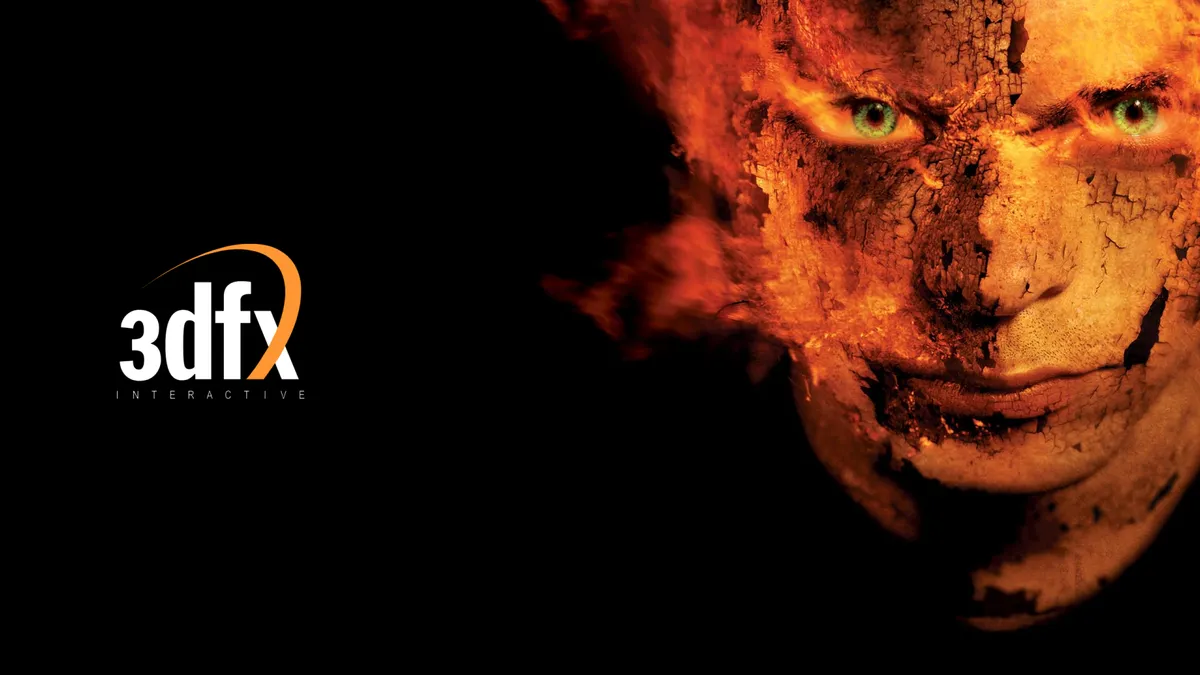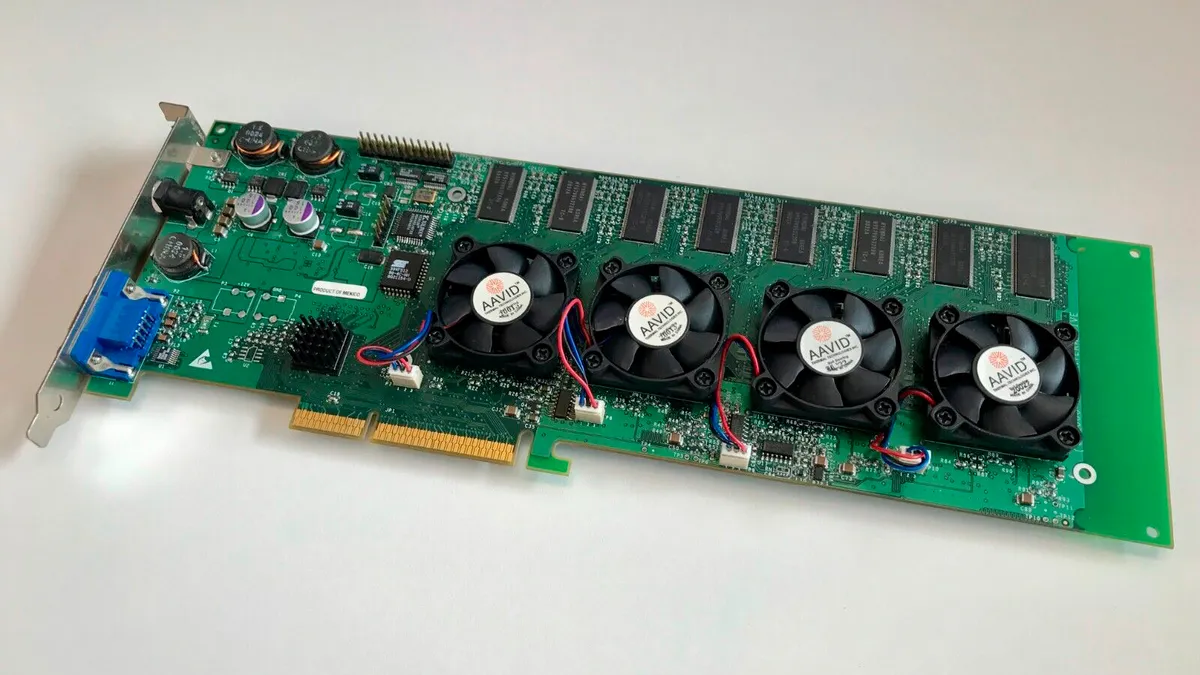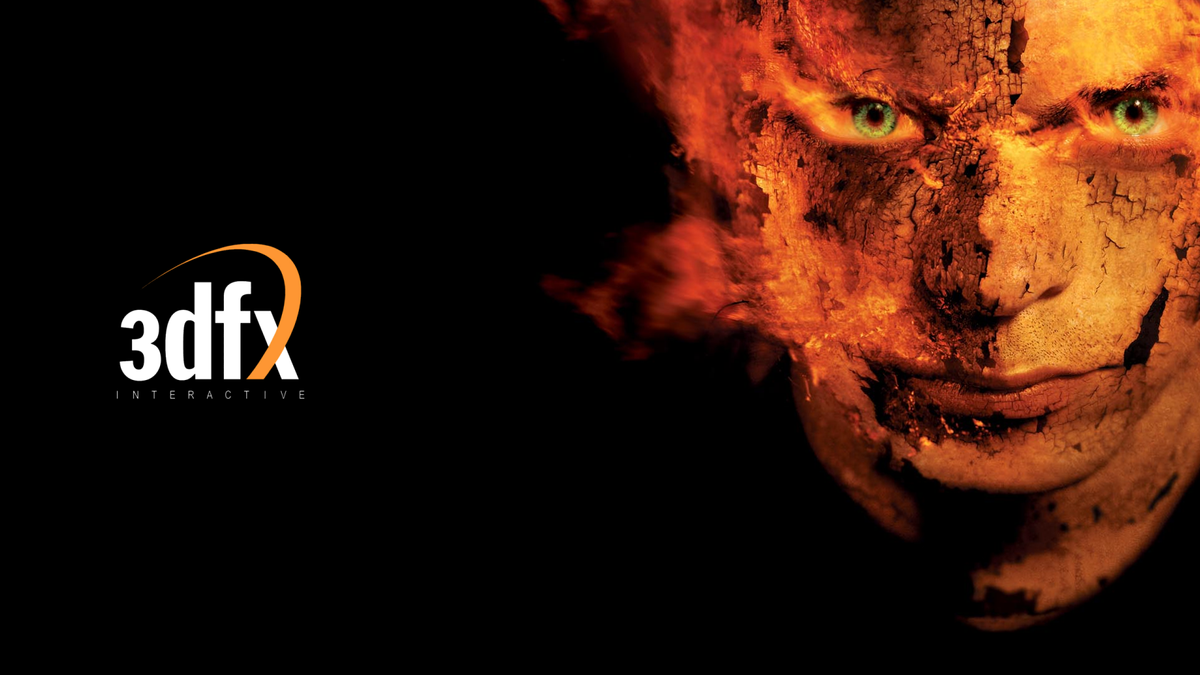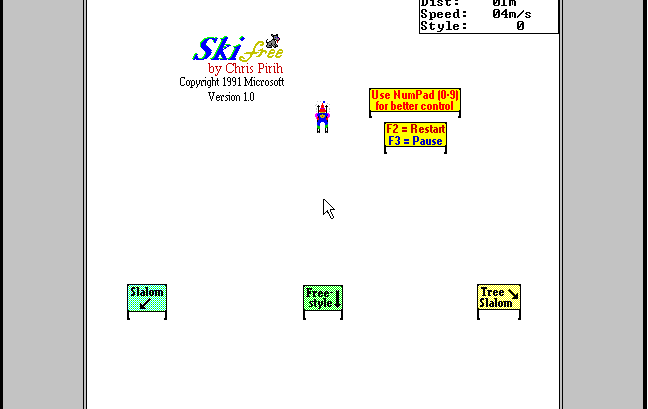LordOfChaos
Member

Seminal 3D graphics accelerator company 3dfx went under on this day, 24 years ago. Notice of the end came by way of a final 3dfx press release, apologizing to customers and fans for the drastic action it had been forced to take. Facing bankruptcy near the end of the year 2000, 3dfx's shareholders agreed to sell off its brands and assets to nVidia to get "the best possible result" for creditors, investors, and employees. Though the company is now long gone, many a seasoned PC tech aficionado still carries a torch for the company that was, and we still see enthusiasm for retro 3dfx hardware and projects.
The trio of 3dfx founders would surely never have expected their company's fortunes to shine so brightly, yet so short. 3dfx's maiden product, the Voodoo Graphics 3D chip reached manufacturing in November 1995 but didn't get introduced to consumers on a PCI add-in-card until after COMDEX in October of the following year.
Owners of the Voodoo Graphics PCI card enjoyed unprecedented 3D visual thrills that only this 500nm chip running at 50 MHz could deliver to consumers – backed by a mahoosive 4MB of EDO RAM. This dedicated 3D card – it had to be paired with a 2D accelerator in your PC – made a huge difference to the breakthrough 3D game titles of the era like Doom and Quake. Games had to adopt the Glide API to make use of the power of Voodoo, but the graphics quality and performance uplift were unprecedented.
The original Voodoo was a rip-roaring success, driver by the new breed of PC gamers. It became an object of desire for every 3D gaming enthusiast, and 3dfx tried to keep up the momentum with the Voodoo Rush in 1997, and Voodoo2 in 1998. However, 3dfx's lead gradually eroded as eager competitors such as Matrox, Nvidia, and ATI introduced new accelerators coinciding with when 3dfx's Voodoo Banshee and Voodoo3 combined 2D/3D accelerators hit the market.
At around the same time – the last few months of the 1990s – a series of unfortunate events reached a critical mass. 3dfx's buyout of graphics card maker STB didn't go as expected, it wasted money on the purchase of chip maker Gigapixel, rivals benefitted from the rise of the Microsoft Direct3D API, a courtroom battle with nVidia over patents loomed, there were delayed Voodoo product releases, and general internal strife was ongoing. All this meant that 3dfx decided the best thing was to fold.
When it went under, prized 3dfx patents went to nVidia and lots of 3dfx engineers found a new home in the Green Team. Over recent years we have seen some tantalizing teases regarding the return of 3dfx, and though we knew it couldn't be real, it is still disappointing when nothing actually happens.


Today is 3D graphics pioneer 3dfx's 24th death anniversary – platform still inspires gamers, enthusiasts, and makers long after Nvidia acquired the assets
No one does Voodoo like you do.








